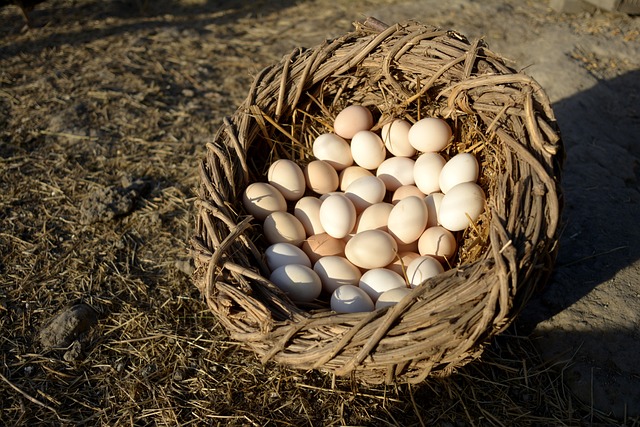Embracing Nature with Eco-Friendly Gardening Tips
In a world where environmental concerns have taken center stage, many of us are searching for ways to contribute to a healthier planet. One of the most rewarding and fulfilling methods is through environmentally conscious gardening. As we cultivate our gardens, we not only nourish our souls but also foster a deeper connection with nature.
Gardening provides us with an opportunity to reconnect with the Earth while creating beautiful visual displays. Imagine waking up to a garden bursting with vibrant blooms, all achieved through eco-friendly practices. Here are some tips to ensure your flower garden is both stunning and sustainable:
1. Choose Native Plants
Native plants are essential for an eco-conscious garden. These flowers have adapted to your local environment, requiring less water, fewer fertilizers, and pesticides. By selecting native species, you support local wildlife, especially pollinators like bees and butterflies, helping maintain the ecosystem’s balance.
2. Practice Companion Planting
Companion planting is an age-old technique that involves placing different plants together to benefit each other. Certain flowers can attract beneficial insects, deter pests, or even improve soil health when planted in proximity. This method not only reduces the need for chemical treatments but also enhances the overall vitality of your garden.
3. Opt for Organic Soil Amendments
Your garden’s foundation lies in the soil. Choose organic materials such as compost or worm castings to enrich your garden beds naturally. These amendments encourage healthy microbial activity, aiding in the growth of your flowers while minimizing chemical runoff into nearby waterways.
4. Water Wisely
Water is a precious resource. Collect rainwater in barrels to nourish your flowers; this sustainable practice reduces your dependency on municipal water sources. Additionally, consider installing a drip irrigation system to provide targeted watering, minimizing waste and ensuring that your plants receive just the right amount of moisture.
5. Create a Pollinator-Friendly Habitat
The decline of pollinator populations is alarming, but we can make a difference. Planting a variety of blooms that blossom at different times throughout the season offers food sources for bees, butterflies, and other pollinators. Incorporate a water source, such as shallow dishes filled with stones and water, to attract these vital creatures to your garden.
6. Reduce Chemical Use
Adopting an organic approach means forgoing synthetic pesticides and fertilizers. Instead, explore natural alternatives or integrated pest management techniques. Handpicking pests, introducing beneficial insects, and using organic deterrents ensure that your flower beds thrive without harming the environment.
7. Compost Your Kitchen Scraps
Composting is a fantastic way to recycle organic waste while nourishing your garden. Fruit and vegetable scraps, coffee grounds, eggshells, and yard clippings can be transformed into rich compost, enhancing your soil structure and providing essential nutrients to your flowers.
8. Engage with Your Community
Embracing eco-friendly gardening is not just a personal endeavor; it can create ripples of change in your community. Share your knowledge with neighbors or start a local gardening club focused on sustainable practices. Participating in community gardens also fosters collaboration, allowing everyone to contribute to a greener environment.
By incorporating these environmentally conscious gardening tips into your flower garden, you’re not merely planting seeds – you’re fostering a flourishing habitat that respects and celebrates nature. With every bloom, you contribute to a more sustainable future, creating spaces where beauty and ecological responsibility coexist in harmony.

